i used this code in a button to quit my power point project
Sub goaway()
With Application
For Each w In .Presentations
w.Save
Next w
End With
Application.Quit
End Sub
this code worked for a while but now does not work
can anyone tell me what is wrong
i’m new to power point so any help would be appreciated
Thanks
JerryC


